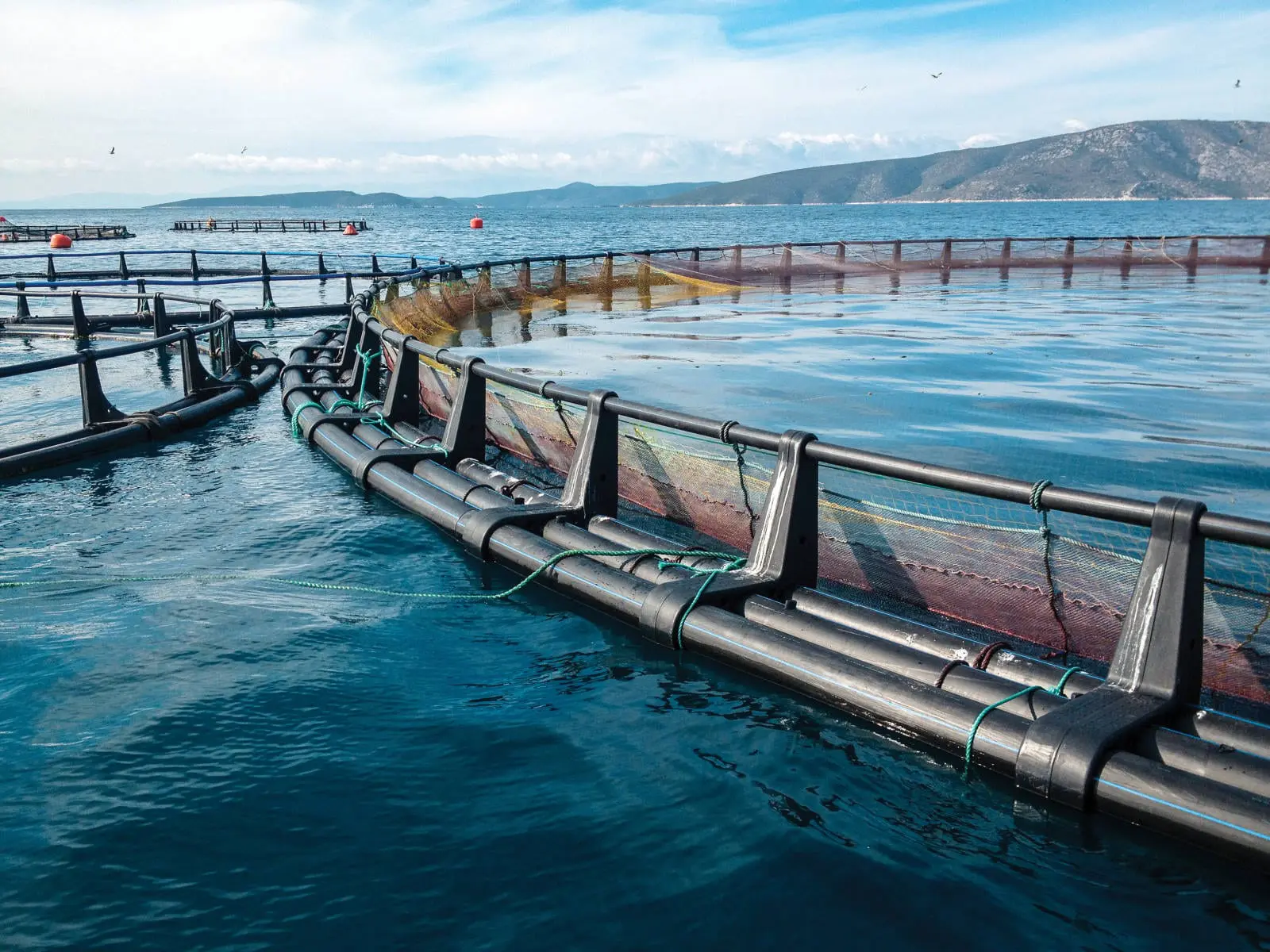Soybean meal is the No. 1 protein source used in aquaculture worldwide, and U.S. soybean farmers have realized the market potential of the aquaculture industry. According to the U.S. Soybean Export Council, soy went from a possible fishmeal substitute to a critical ingredient in most aquafeeds. With its high protein density and desirable amino acid profile, U.S. Soy is well-suited for the aquaculture sector. As with any growing industry, there are opportunities for improving production and understanding nutritional needs.
In a recent article from Feedstuffs, the Soy Aquaculture Alliance released the results from a 2018 SAA-funded study looking deeper at those nutritional needs.
The study on using metabolites as a biological marker for nutritional stress in red drum, completed with the South Carolina Department of Natural Resources, opens the door to a better understanding of the impact soybean-formulated diets have on fish growth and feed conversion, SAA says.
The alliance says improving the metabolic fingerprint of red drum based on a closely studied comparison with the best two performing reference diets over a 12-week feed trial provided a number of insights.
For the study, researchers fed eight unique diets to red drum fish, and then tested liver, intestine, heart, muscle tissue and plasma samples. Results found a metabolic marker in all diets, and fish fed a 60% supplemented soybean meal diet had nearly the same growth, weight and feed conversion as fish fed natural reference diets that included squid, shrimp and fish, SAA says.
The alliance says this research provides a path for assessing this biological marker and allowing nutritionists to develop feed alternatives within acceptable limits for various fish species without causing nutritional stress.
Ultimately, the marker opens the door to further research for higher and better soybean meal inclusion rates to benefit both the U.S. aquaculture industry and the U.S. soybean farmer.
To read the full article, click here.
